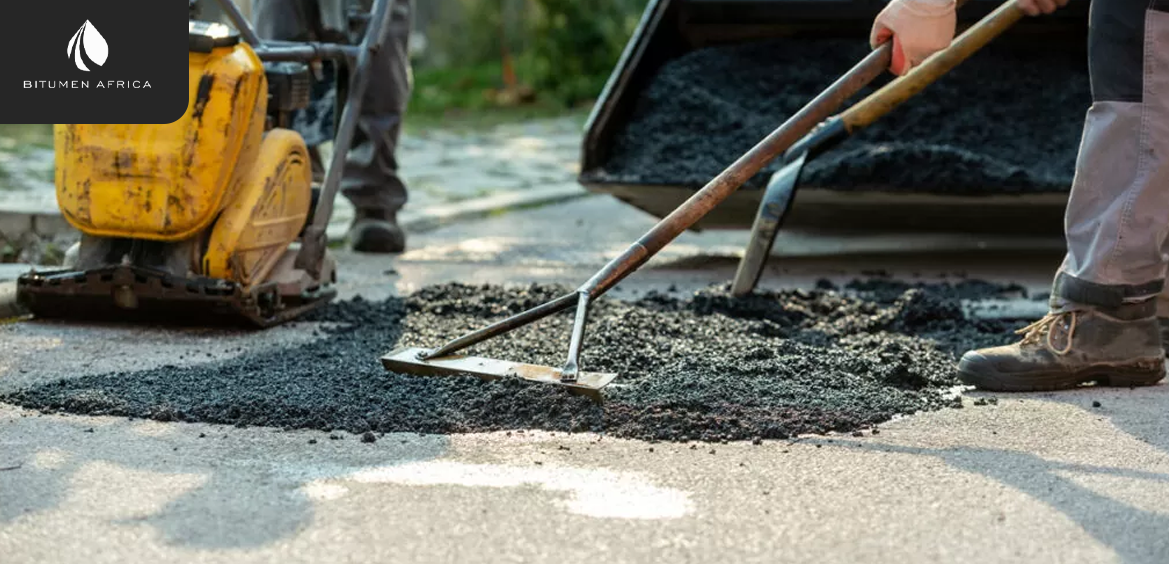Asphalt is a popular material for paving roads, driveways, and parking lots due to its durability and cost-effectiveness. However, it is not without its problems. Over time, various issues can arise, affecting the integrity and functionality of asphalt surfaces. Here, we will explore some common problems associated with asphalt and how Rephalt, a high-performance repair material, can be used to address these issues effectively.
Read Also: Comprehensive Analysis of Bitumen and Industry Standards
Common Problems of Asphalt
- Cracking
- Alligator Cracking: This type of cracking resembles the scales of an alligator and is caused by structural failure due to heavy loads or poor base conditions.
- Block Cracking: These are large, rectangular cracks caused by the shrinkage of the asphalt binder, often due to temperature fluctuations.
- Transverse Cracking: Cracks that run perpendicular to the pavement's centerline, typically caused by thermal stress.
- Potholes
- Potholes are bowl-shaped depressions in the pavement caused by the disintegration of asphalt due to water infiltration and traffic load. They pose safety hazards and can damage vehicles.
- Raveling
- Raveling occurs when the asphalt surface begins to disintegrate, leading to lose gravel and an uneven surface. This is often due to the loss of binder or poor compaction during installation.
- Depressions
- Depressions are low areas on the pavement surface that collect water. They are usually caused by poor compaction during the paving process.
- Fatigue Cracking
- Also known as alligator cracking, this occurs due to repeated traffic loading, leading to interconnected cracks that resemble an alligator's skin.
How to Use Rephalt to Fix Asphalt Problems
Rephalt is a high-performance, cold-applied repair material designed to fix various asphalt issues efficiently. Here’s how it can be used to address the common problems mentioned above:
- Crack Repair
- Preparation: Clean the cracks thoroughly to remove any debris and loose material.
- Application: Apply Rephalt directly into the cracks, ensuring it fills the void. Use a trowel or squeegee to smooth the surface and ensure a level finish.
- Curing: Allow the material to cure as per the manufacturer's instructions. Rephalt cures quickly, allowing the repaired area to be reopened to traffic sooner than traditional hot-mix asphalt.
- Pothole Repair
- Preparation: Remove any loose debris and water from the pothole. Ensure the edges of the pothole are clean and well-defined.
- Application: Pour Rephalt into the pothole, slightly overfilling it to account for compaction. Use a tamper or roller to compact the material firmly.
- Curing: Allow the material to cure. Rephalt’s quick curing time ensures the pothole is ready for traffic in a short period.
- Raveling Repair
- Preparation: Remove all loose material from the raveled area.
- Application: Apply Rephalt over the affected area, ensuring an even layer. Use a trowel to smooth the surface.
- Curing: Allow the material to cure. Rephalt’s properties help bind the loose aggregates, restoring the surface integrity.
- Depression Repair
- Preparation: Clean the depression area and remove any debris.
- Application: Fill the depression with Rephalt, ensuring it is level with the surrounding pavement. Compact the material using a tamper or roller.
- Curing: Allow the material to cure. Rephalt’s quick setting time ensures the area is ready for use promptly.
Conclusion
Asphalt surfaces are prone to various issues over time, but with the right repair materials like Rephalt, these problems can be addressed effectively. Regular maintenance and timely repairs using high-performance materials can extend the life of asphalt pavements, ensuring they remain safe and functional for years to come.

